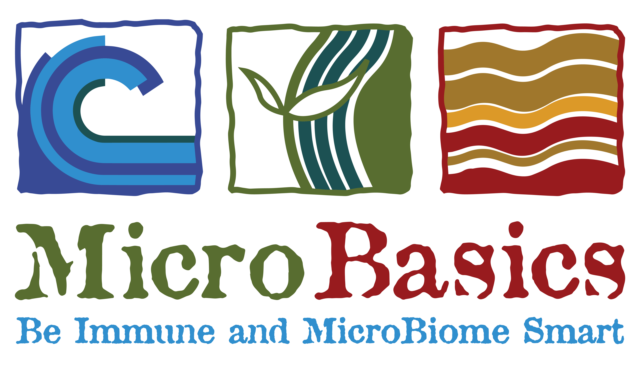What could your farm accomplish with an extra $73,000? According to Penn State Extension educator and dairy team member Amber Yutzy, these kinds of savings helped to bring a new facility to a 300-cow dairy after its owners began strategizing for more effective methods of decreasing somatic cell count and increasing milk quality in their herd.
During a Penn State Extension “Technology Tuesday” webinar presentation, held on March 24, 2015, Yutzy joined extension engineer Dan McFarland in an effort to share the cost-effective methods of preventing and treating the dairy industry’s billion dollar problem: mastitis.
Widely recognized as the most costly disease facing the dairy industry today, mastitis is characterized by the inflammation of the mammary gland, caused primarily by the introduction of bacteria. Aside from creating more than $1 billion in loss for U.S. farms each year, the disease also accounts for the highest amount of antibiotic use on dairy farms today.
“Prevention [of mastitis] is key in keeping costs low, but in cases where it can’t be prevented, the goal is to detect as early as possible,” Yutzy said.
Fore stripping is an essential part of the early detection routine. The process not only allows the cow to release oxytocin and begin milk let down in a timely manner, but it also aids in the detection of clinical mastitis signs through the visual evaluation of the milk.
Another important factor for producers to consider is making use of all available tools for detection and monitoring of mastitis cases in cows. By utilizing the California Mastitis Test (CMT) paddle and keeping up to date with DHIA records, among other tools, producers can detect mastitis earlier and begin planning a course of treatment when necessary.
While each of these tools has the potential to detect the disease, Yutzy emphasized that no two cases of mastitis are the same and subclinical cases can often develop in affected cows, going unnoticed and untreated due to a lack of early detection measures. Likewise, producers can’t effectively treat mastitis by administering the same treatment to all cows that are affected by the disease. This is because cure rates depend upon the type of pathogen present in the mammary system and the duration of the infection (e.g., cows that contract the disease in early lactation will suffer more milk loss than a cow who falls ill closer to dry off).
On-farm culturing, a process designed to help producers make educated treatment decisions, aids in the early detection and more likely cure of the disease – two factors that, when combined with proper milking techniques, can help producers improve income by increasing production and premium benefits as well as decreasing the cost of treating mastitis – all within a 24- to 48-hour span of time.
Studies presented by Yutzy showed that on-farm culturing reduced antibiotic use in response to mastitis by half and decreased milk withdrawal period accordingly. This simple process showed that on average, dairy producers are treating between 10 and 40 percent of clinical cases that show no bacterial growth by administering an antibiotic – a course of treatment that serves no purpose without signs of bacterial growth in the samples provided.
“Will you have a successful treatment? This should be the question every time you have a case of mastitis and are thinking about treating a cow,” Yutzy advised.
By employing the on-farm culturing method, producers are drastically reducing the unnecessary use of antibiotics, which, according to Yutzy, “often are either ineffective or not needed in many cows, because producers just are not knowing what pathogens they are dealing with.”
On-farm culturing eliminates the uncertainty surrounding pathogen types by determining exactly which bacterial species is causing the mastitis infection. This information aids the producer and veterinarian in determining if and how a cow will be treated for the disease.
“The biggest hold-up with a lot of producers is that [they] see a cow with clinical mastitis symptoms during milking and the first reaction is to treat her right away,” Yutzy said. “Of course [they] don’t want to let it go too long because it decreases the chance of a cure – but no research has shown that the extra day between discovering the infection and responding to the results of the on-farm culture has any significant impact on cure rate.”
One area that has shown a substantial difference is the cost of the treatment. By eliminating the wasted use of antibiotics in clinically infected cows that won’t benefit from it, producers are cutting back on the antibiotics present in the animal’s system and reducing the milk withdrawal period.
Utilizing all the available tools, such as on-farm culturing, regular updating and reviewing of records, and treating cows only in cases that require treatment, contributes to a healthier cow, farm and bottom line.
Before making any decisions about treating or culling a cow, Yutzy urged producers to follow three simple steps to reach an economically sensible decision: Examine the clinical history of the cow and prior courses of treatment; analyze the results of the milk culture; and, most importantly, consult with a veterinarian to implement a treatment protocol or plan of action that will best benefit the operation. PD
Callie Curley is a communications student at Penn State University – Berks campus.




